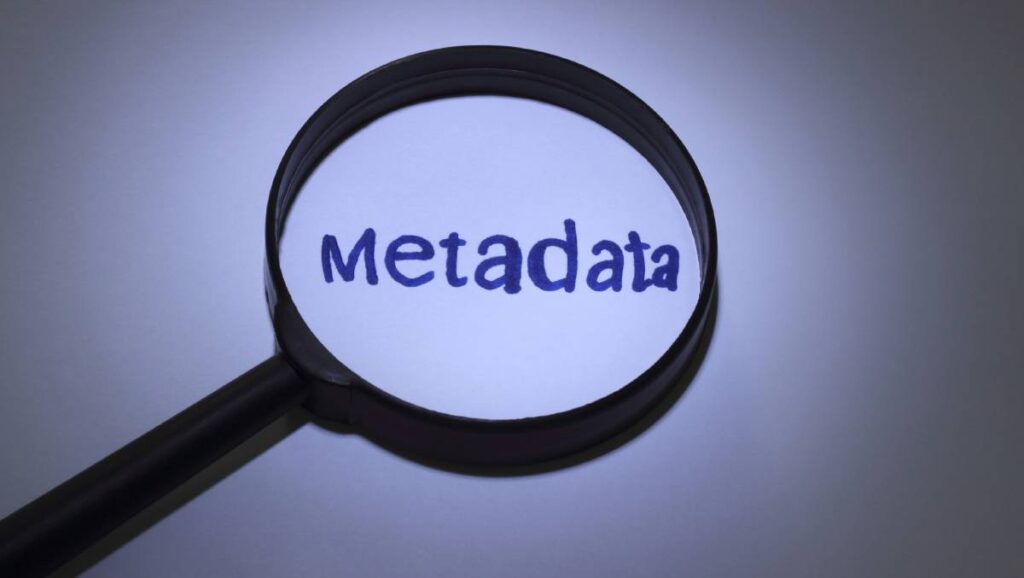Data has been growing exponentially over the years, and the growth rate is accelerating with the emergence of digital technologies. Master Data Management (MDM) has become an essential aspect in assisting organizations in storing, managing, and organizing their data accurately. However, traditional ways of operating data have become outdated due to the complexity and volume of data. MDM cannot function efficiently without metadata. Metadata, also known as “data about data,” is a crucial component that helps to manage, organize, and classify data in MDM systems. This article will explore metadata, its significance, and how it aids in MDM. If you still have questions, do not hesitate to visit this website.
1. Understanding Metadata:
In simple terms, metadata provides information about data. It can take various forms, such as data schemas, dictionaries, and models. Metadata captures attributes of data elements, such as data type, length, format, and data source, and aids organizations in understanding data, its meaning, and usage. Metadata also provides information about the relationships between data elements, facilitating MDM systems to manage data effectively. Metadata is the backbone of MDM systems.
2. Importance of Metadata in MDM:

Source: canberratimes.com.au
Metadata is crucial in MDM since it provides context to data. Metadata helps with data classification, accessibility, and usability, enabling MDM systems to process data effectively and efficiently. By leveraging metadata, organizations can ensure that data is consistent, accurate, and up-to-date, essential components of successful MDM. Metadata also helps to identify data duplication, data inconsistencies, and data errors.
3. Types of Metadata in MDM:
There are two main types of metadata in MDM. Technical metadata helps to understand system-level information, such as database schema, data integration, and data modeling. Business metadata, on the other hand, provides information about business rules, language, and terminology. Business metadata helps MDM systems to understand the relationships between data elements, which are crucial in organizing and classifying data.
4. Leveraging Metadata for Better Analytics:
Metadata is not only essential for MDM but is also crucial when it comes to data analytics. Organizations gather large amounts of data but lack the proper context to understand and leverage the data effectively. By leveraging metadata, organizations can realize data more accurately, making it easier to identify trends, analyze data patterns, and gain insights to drive business decisions.
5. Challenges with Metadata in MDM:

Source: semarchy.com
Although metadata is critical in MDM and data analytics, metadata management is a complex process. Managing metadata is challenging since the data is continuously changing, which makes it difficult to maintain metadata integrity. Additionally, creating and managing metadata is a lengthy process that requires a significant investment of time and resources.
Why Is It Important?
Metadata is essential in MDM since it provides data context and aids organizations in understanding, organizing, classifying, and managing data effectively. Metadata also helps with data analytics by providing insights that can drive business decisions. Despite the challenges associated with metadata management, it remains a crucial component of successful MDM systems. The benefits of metadata far outweigh the challenges, making it an indispensable part of MDM.
Conclusion:
Metadata is an essential element in Master Data Management. Metadata provides information about data, context, and relationships between data elements, making it easier for MDM systems to manage, classify, and organize data. Metadata is also crucial when it comes to data analytics since it provides context that helps to identify trends, analyze data patterns, and gain insights. However, managing metadata can be challenging since metadata is continuously changing, and metadata management is a resource-intensive process. Therefore, organizations should invest in metadata management tools that can help them to maintain metadata integrity, identify duplication, inconsistencies, and errors, and ultimately ensure successful MDM.



